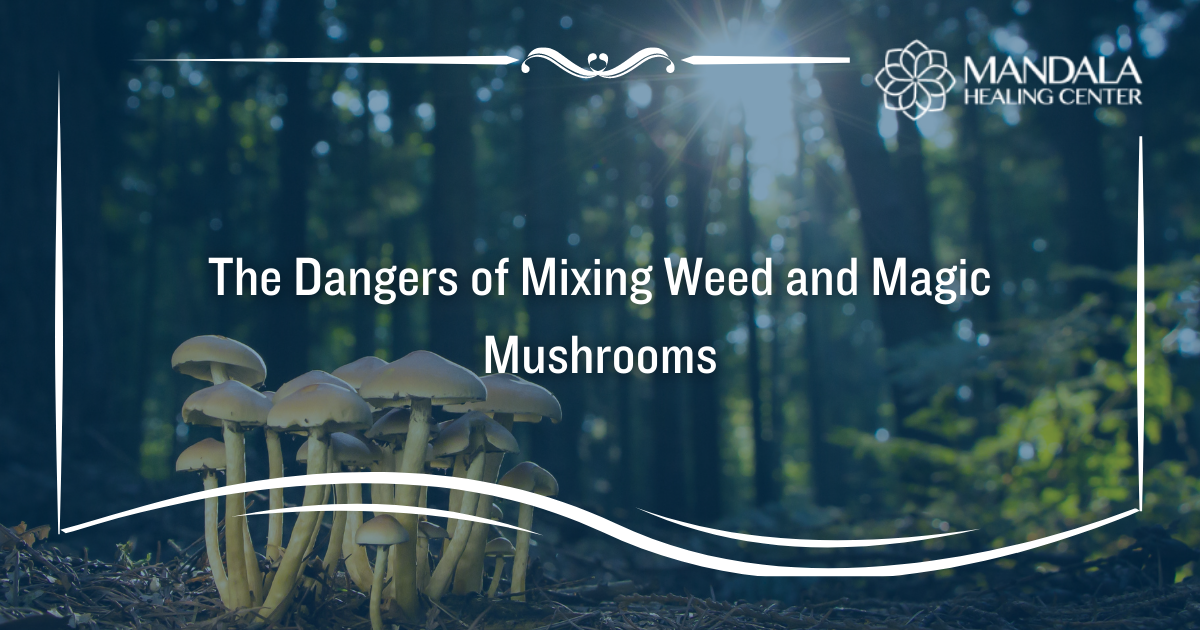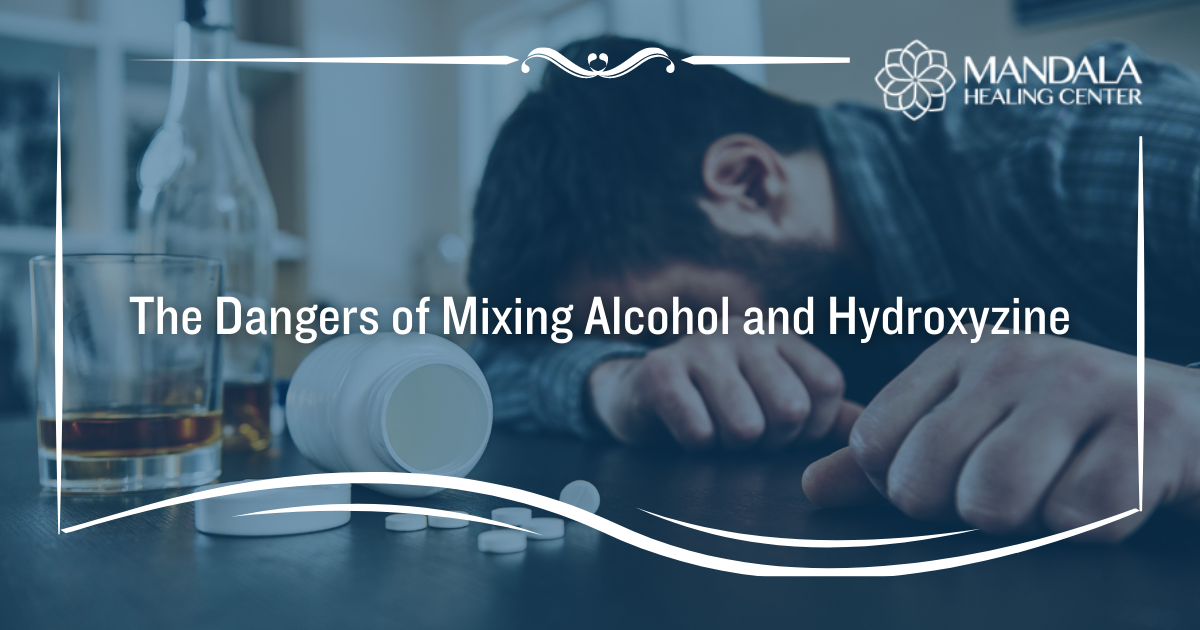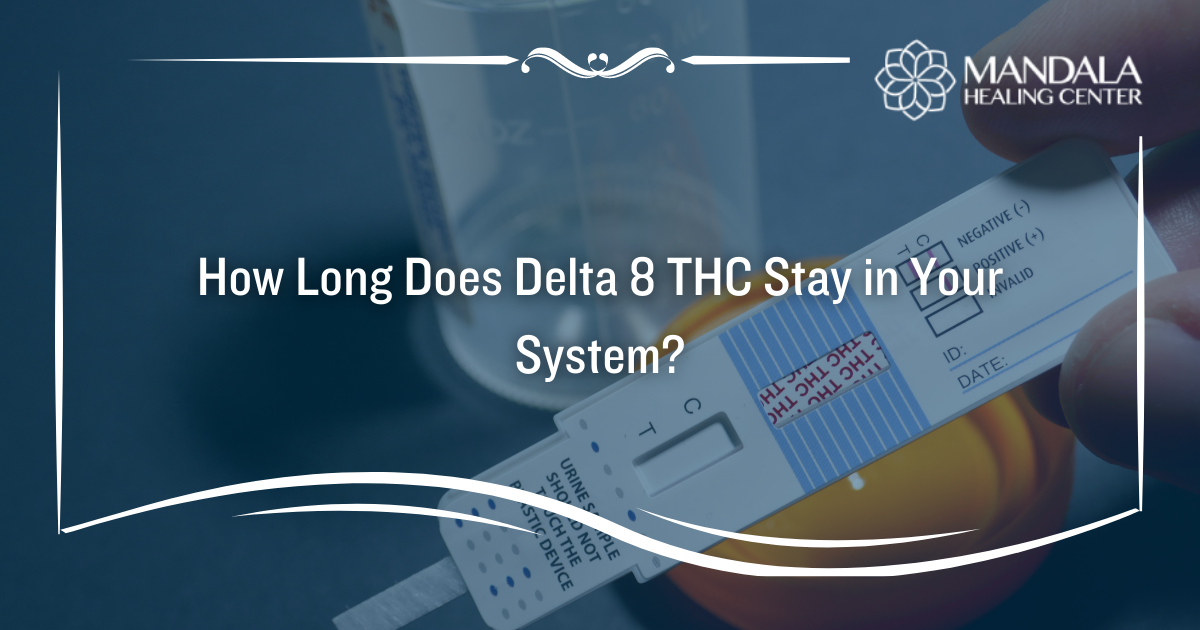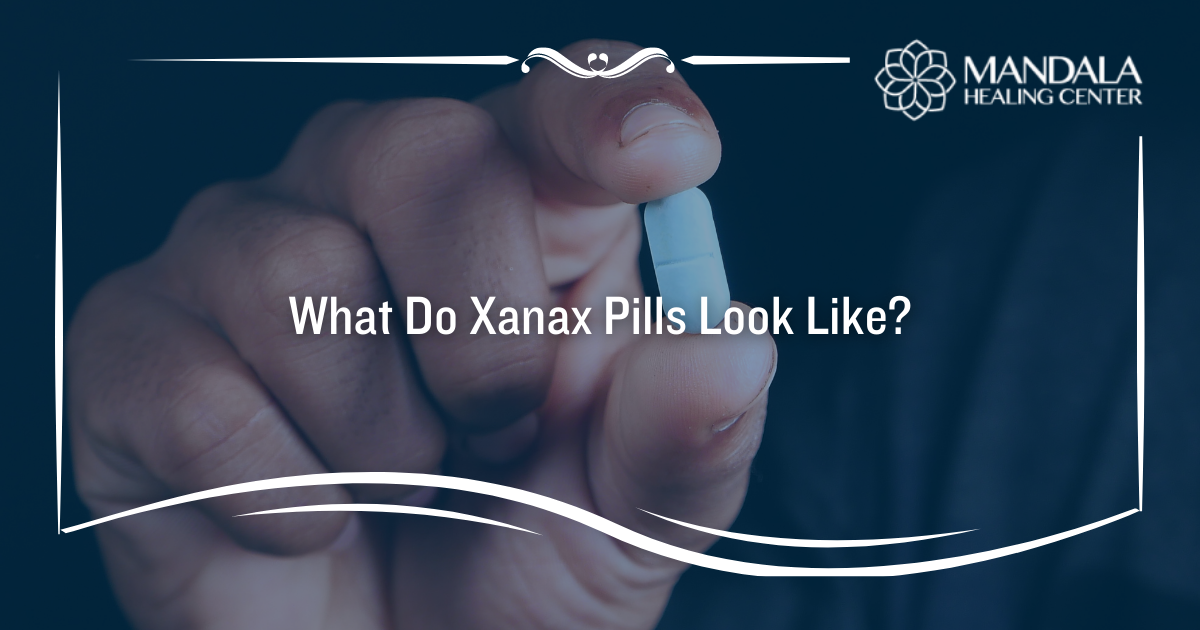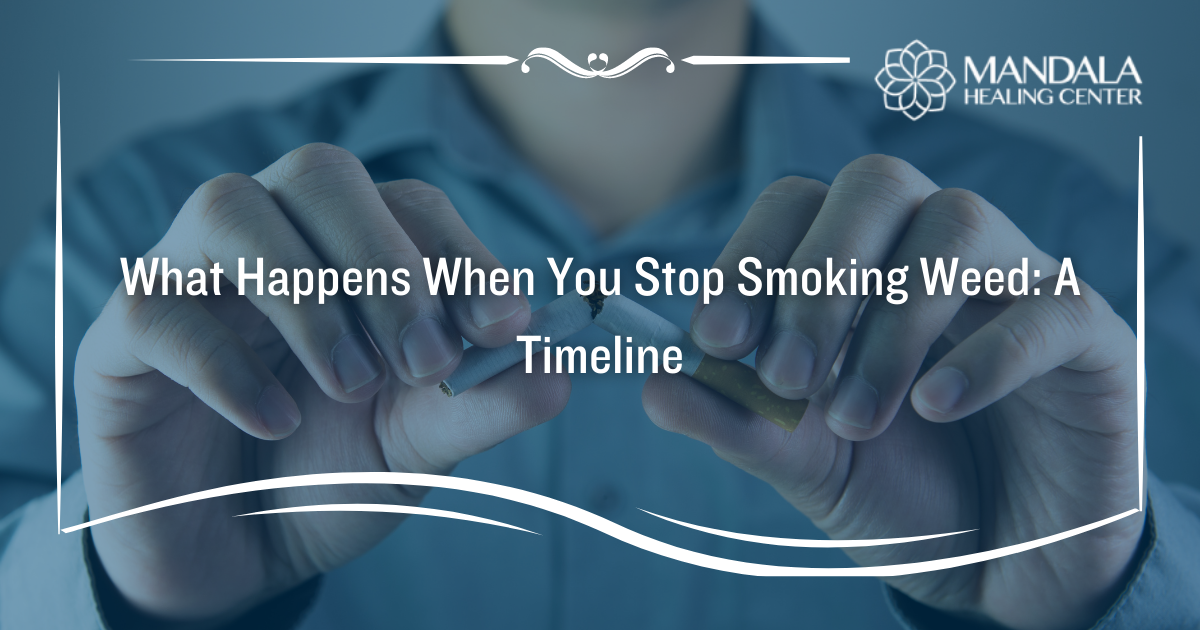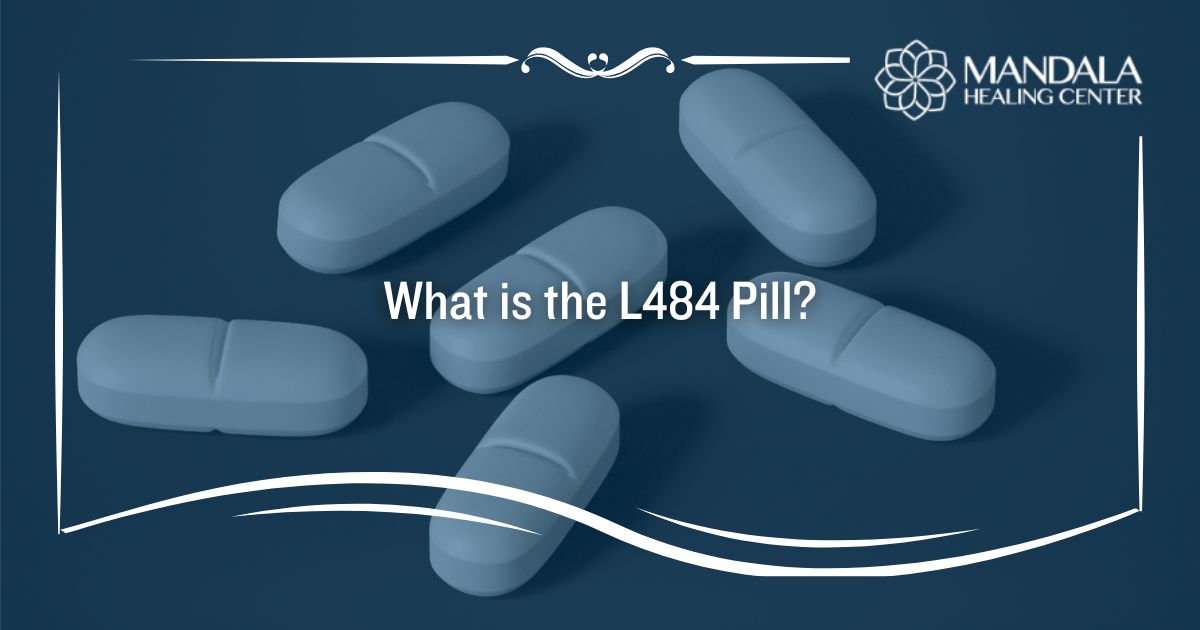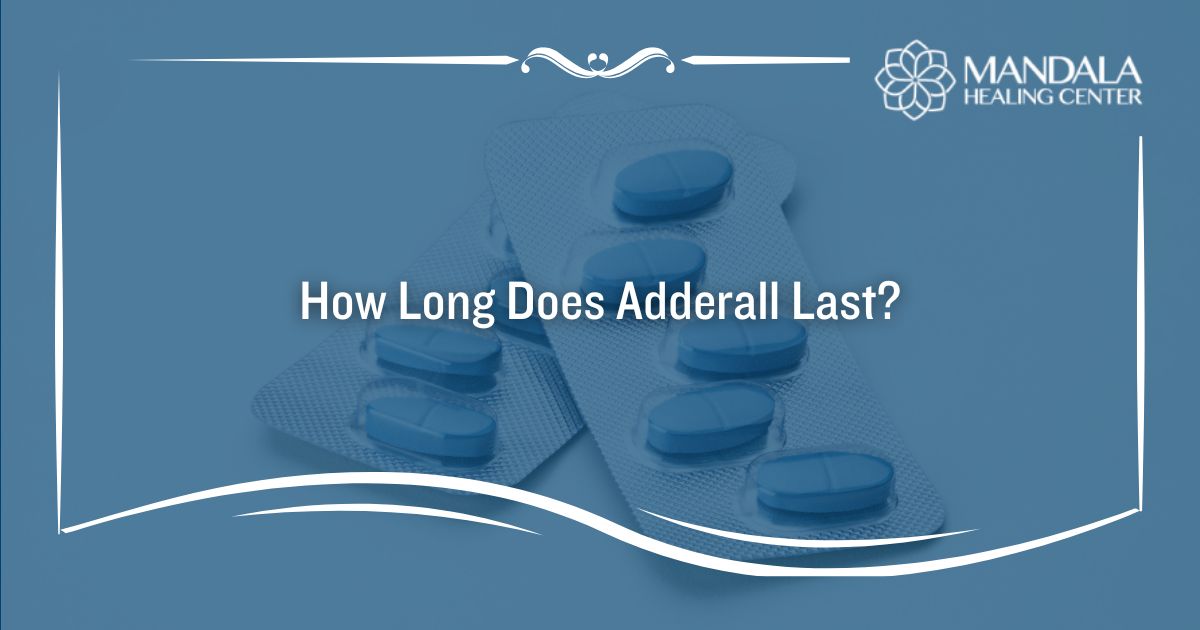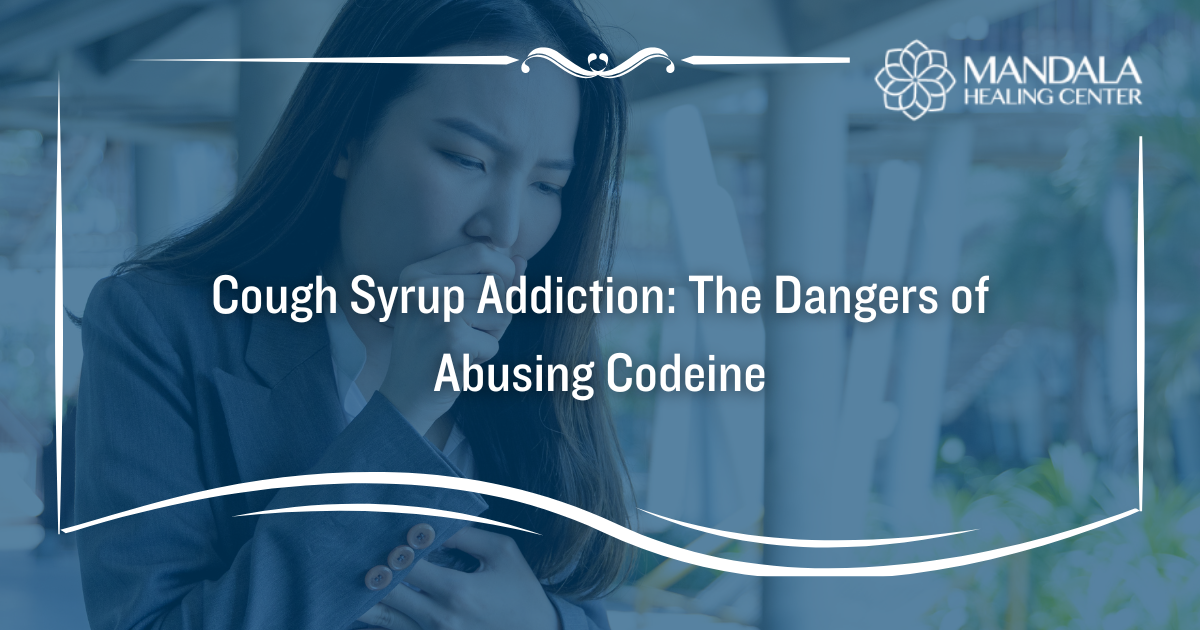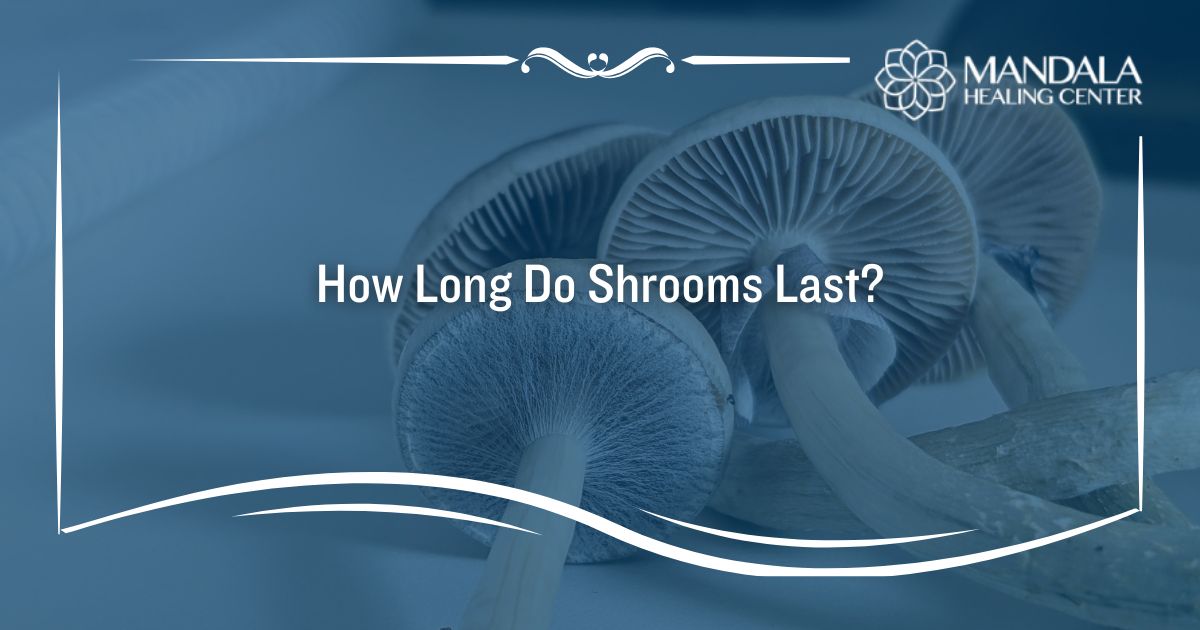Drug and alcohol addiction affects millions of people in the United States and touches every part of their lives. The stigma surrounding addiction can lead people to believe that addiction is a character flaw or weakness, but this simply isn’t the case. Instead, addiction is a complex condition with many roots that requires compassionate, comprehensive treatment to overcome.
Addiction can also occur in a cycle. For many, it’s nearly impossible to break the cycle of addiction without professional support and treatment. Even after getting the care and support they need, many with addiction find themselves pulled back into the addiction cycle.
It takes dedication, preparation, and a lot of ongoing support to avoid the cycle of addiction. Don’t just hope for the help you need–find it at the Mandala Healing Center. Reach out to our caring team of addiction specialists now to explore your treatment options.
Understanding the Cycle of Addiction
Addiction is not like a light switch that is turned on or off. Instead, addiction develops over time and in stages. Understanding the stages of addiction can help you identify them and seek treatment.
Initial Use
People begin using drugs and alcohol for different reasons. Some may be curious about drugs, want specific effects, or be affected by peer pressure. Many people start out using prescription medication and then develop dependence and addiction.
Not everyone who tries drugs and alcohol will become addicted to them. Some risk factors may make it more likely that a person will struggle with addiction. These factors include:
- Family history of drug or alcohol addiction
- Mental illness
- Unstable environment
- Friends or family that condone drug use
- Loneliness, stress, and social problems
Avoiding initial use is important–but once someone does use a substance, it’s critical to recognize the signs of abuse and addiction.
Substance abuse
The addiction cycle continues with substance abuse, which means misusing a substance or using it regularly in a harmful way. Some examples of substance abuse include:
- Taking an illicit drug even once
- Taking a prescription drug differently than prescribed– higher or more frequent doses or a different method of ingestion
- Binge drinking
- Using a substance to cope with stress, depression, and other uncomfortable emotions
Abusing drugs and alcohol may lead to significant changes in a person’s mood, appearance, or behaviors.
Tolerance
Over a period of heavy or regular substance use, a person’s body begins to develop a tolerance to drugs or alcohol. The person will need to take more of the substance to feel the desired effects. For example, someone who abuses alcohol may need to drink more and more to even feel “buzzed” and may not appear intoxicated, even after drinking heavily.
Tolerance signifies changes in how the body and brain work and often means a dependence is developing.
Dependence
Dependence occurs when a person’s brain and body have adapted to the presence of a substance and can no longer function effectively without it. The person may no longer experience the pleasurable or desirable aspects of the drug but requires it to avoid uncomfortable–sometimes debilitating– withdrawal symptoms.
Addiction
Addiction is classified as a mental health disorder and has defining behaviors and characteristics. The signs and symptoms of addiction include:
- Using more of the substance than the person intended to
- Feeling unable to stop using the substance, even though they want to
- Relationship strain related to substance abuse
- Spending a great deal of time getting, using, and recovering from using drugs or alcohol
- Isolating from friends and family
- Neglecting responsibilities at home, work, or school
- Experiencing cravings for the substance
- Continuing to use the substance despite experiencing harm to health, relationships, and other areas of their life
- Developing tolerance
- Having withdrawal symptoms if they stop using the substance
Having 2-3 of these symptoms is enough to signify a substance use disorder. More than six of these symptoms indicate the person is living with an addiction.
Relapse
Addiction is a chronic condition, and many people experience a relapse at some point in recovery. A relapse means using drugs or alcohol after a period of abstinence. The cycle of addiction can be tough to avoid, but a relapse is not the end of the road. Learning from a relapse and finding more treatment and support is essential.
How Can I Avoid the Addiction Cycle?
If you live with a substance use disorder, you must seek comprehensive treatment, including medically-supported detox and evidence-based therapies. Detox alone is not enough to break the cycle of addiction–you must also address the condition’s physical, emotional, environmental, and behavioral aspects.
Aftercare is an essential part of getting out of the addiction cycle. If you leave treatment without an aftercare plan, you may lack the support and ongoing treatment you need to thrive in recovery and avoid a relapse. Make a plan to attend a support group or 12-step meetings. Start or continue individual therapy. Spend time in a sober living community. Surround yourself with the support you need, and seek additional treatment if you relapse.
Find Help Now
Do you need help breaking free from the addiction cycle? You are not alone. Reach out to the caring team at the Mandala Healing Center to learn how our holistic treatment programs can help you get out of the cycle of addiction and move forward into a healthier future.



